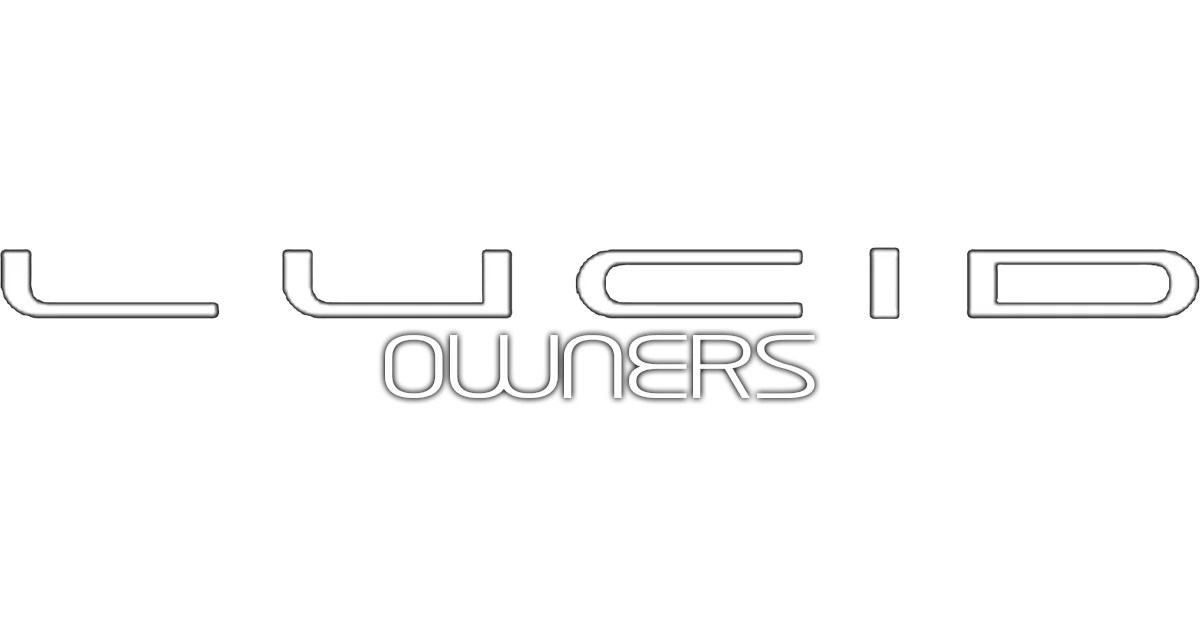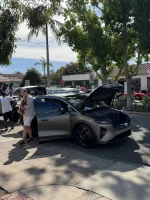From
@hydbob earlier in this thread, I’ve added to it (don’t have my GDE yet just summarizing other owners):
1) Key fob and key card issues, access and/or inability to put car into gear - Confirmed by Lucid with a fix coming soon, customer service pushing 3.2.1 to car again seems to fix it? Very common issue
2) Keep/Pet mode - confirmed by Lucid as not working currently
3) Erroneous error reporting when first starting the vehicle - Confirmed by Lucid with a fix coming soon, rare issue?
4) Camera error - no cameras available, fixed by performing a vehicle reset (brake + X + Mic), rare issue?
5) Loss of sound/connection for 3rd party apps, fixed by a profile switch, rare issue?
6) GPS not recognizing location of vehicle, thus far maybe only one owner?
7) HUD oval artifact, worse for some owners than others and possibly improved by seating height or HUD brightness but very common issue
8) Tow hitch install difficulties, tow hitch software not active yet anyway so don’t use
9) 2nd row seat rattles if not flush with eachother
10) 2nd row seat not returning to position? Maybe reset or lying second row flat and then sitting up again would fix? One owner report so far
11) wireless charging errors, somewhat common
12) suspension system errors (2-3 owners reported, 2 resolved with reboot or sleep, 1 requiring service)
13) no power delivered to some 110v outlets?
Others which may be unique include:
Frunk not operating properly (no surprise there)
Small frunk trim piece dislodged on two vehicles
Misaligned top spoiler on trunk (likely design choice since it’s the same on all vehicles)
3rd row mechanism not aligned properly
2nd row not folding flat
I’m hoping we can help Lucid address these as quickly as possible by making this a repository for reports and resolutions. I don’t see Marqie listed as being able to tag anymore so do mods know of any other Lucid rep on here we could tag?

